Home>diy>Building & Construction>What Are The Risks In Construction
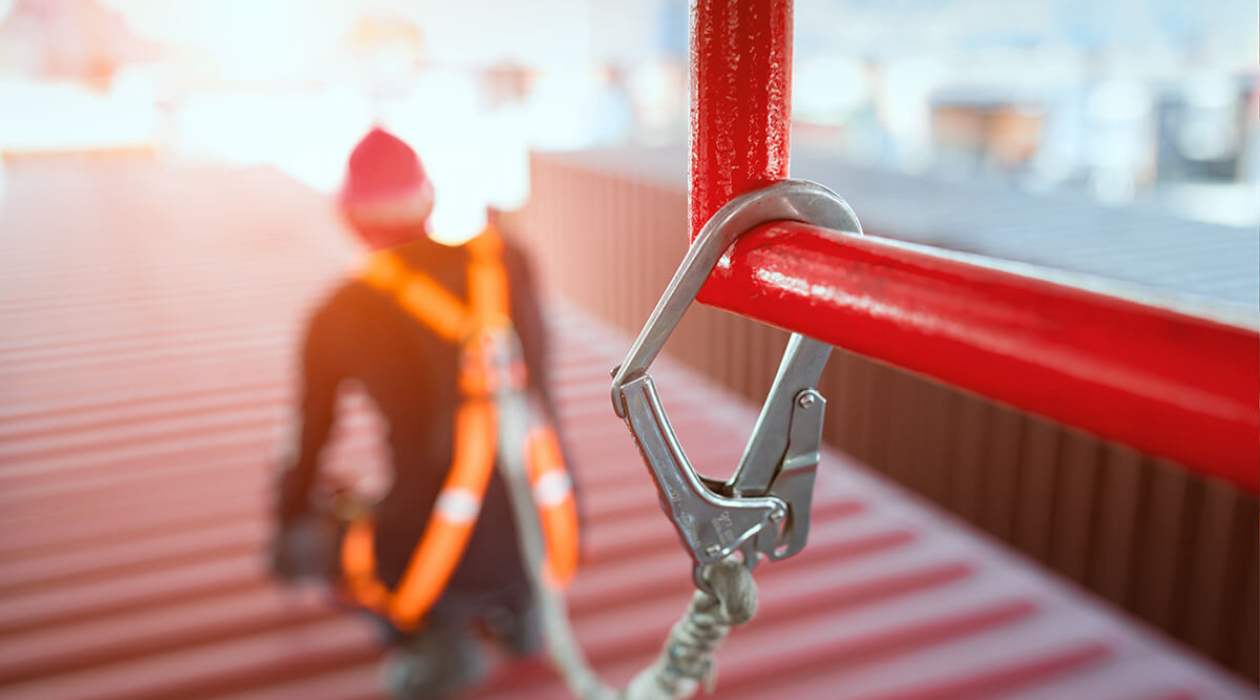

Building & Construction
What Are The Risks In Construction
Modified: December 7, 2023
Learn the risks involved in building construction and how to mitigate them. Safeguard your project with expert knowledge on construction hazards and safety measures.
(Many of the links in this article redirect to a specific reviewed product. Your purchase of these products through affiliate links helps to generate commission for Storables.com, at no extra cost. Learn more)
Introduction
The construction industry plays a vital role in developing infrastructure and shaping our built environment. From towering skyscrapers to intricate bridges and expansive highways, construction projects contribute to the growth and progress of societies around the world. However, amidst the grandeur and achievement of these projects, it is crucial to acknowledge the inherent risks associated with construction work.
Construction sites are dynamic and complex environments where workers are exposed to various hazards on a daily basis. These risks can result in accidents, injuries, and even fatalities if proper precautions are not taken. Therefore, it is imperative for construction professionals and workers to be aware of the potential dangers they may encounter on the job.
This article will explore some of the key risks involved in the construction industry and highlight the importance of proactive safety measures to mitigate these risks. By understanding these risks, construction professionals can take the necessary steps to create a safer working environment for everyone involved.
Key Takeaways:
- Construction work comes with inherent risks such as accidents, fall hazards, and exposure to hazardous materials. Prioritizing safety through training, communication, and proactive measures is crucial to protect workers.
- By fostering a safety-conscious culture, implementing comprehensive safety programs, and adhering to building codes, construction companies can effectively manage risks and create a safer working environment for everyone involved.
Read more: What Is Risk Management In Construction
Accidents and Injuries
Accidents and injuries are a prevalent risk in the construction industry. With heavy machinery, elevated work areas, and various activities taking place simultaneously, the potential for accidents is significant. Common causes of accidents include slips and falls, being struck by falling objects, and getting caught in between equipment or structures.
Construction sites can be chaotic and fast-paced, making it crucial for all workers to adhere to safety protocols. This includes wearing appropriate personal protective equipment (PPE) such as hard hats, safety goggles, and steel-toed boots. Regular safety training sessions should also be conducted to educate workers on hazard identification and proper safety procedures.
Furthermore, it is important for construction companies to establish effective communication channels and ensure that all workers are aware of potential hazards and risks associated with their specific tasks. By promoting a safety-conscious culture, accidents and injuries can be minimized, preserving the well-being and lives of construction workers.
Fall Hazards
Fall hazards are one of the most prominent risks in the construction industry. Working at heights, such as on scaffolding, ladders, and rooftops, increases the likelihood of falls and serious injuries. It is essential for construction workers to be aware of fall hazards and to take appropriate measures to prevent accidents.
To mitigate fall hazards, proper scaffolding should be used, ensuring that it is sturdy, well-anchored, and equipped with guardrails. Additionally, workers should always use fall protection equipment, such as harnesses and lanyards, when working at heights. Having a competent person oversee the construction site and regularly inspecting the scaffolding and other elevated work areas are crucial to ensure their safety.
Education and training are vital in preventing fall-related accidents. Workers should be trained on how to properly use fall protection equipment and how to navigate and work on elevated surfaces safely. Safety net systems can also be employed as an additional measure to catch workers in the event of a fall, providing an extra layer of protection.
Construction companies must prioritize fall prevention by implementing comprehensive fall protection policies and procedures. This includes conducting regular safety inspections, providing proper training, and ensuring that all workers are equipped with suitable safety equipment. By addressing fall hazards proactively, construction sites can significantly reduce the risk of accidents and injuries.
Electrocution
Electrocution is a significant risk in the construction industry, considering the extensive use of electrical equipment and wiring on construction sites. The improper use or maintenance of electrical systems can lead to severe electric shocks, burns, and even fatalities.
To mitigate the risk of electrocution, construction workers must receive proper training on electrical safety practices. This includes understanding how to identify and avoid live electrical wires, the importance of grounding electrical equipment, and the proper use and maintenance of electrical tools.
Furthermore, construction companies must ensure that all electrical systems are installed and maintained in compliance with electrical codes and regulations. Regular inspections of electrical equipment, wiring, and connections should be conducted to detect any potential hazards or malfunctioning components.
Proper insulation and isolation of electrical systems, such as using protective coverings for exposed wires and ensuring that electrical panels are securely locked, can minimize the risk of accidental contact and electrocution. Only qualified electricians or trained personnel should be allowed to perform electrical work on construction sites.
Additionally, it is essential to have a clear and accessible emergency response plan in place in the event of an electrical accident. This includes having easily accessible fire extinguishers and first aid kits, as well as ensuring that workers are trained in CPR and other life-saving techniques.
By prioritizing electrical safety and implementing preventive measures, construction companies can protect their workers from the dangers of electrocution and create a safer working environment.
Equipment Malfunctions
Equipment malfunctions pose a significant risk in the construction industry, as faulty machinery and tools can lead to accidents and injuries. Construction sites rely heavily on a wide range of equipment, including cranes, excavators, bulldozers, and power tools. Any malfunction or failure of these machines can have serious consequences.
Proper maintenance and regular inspections are crucial in preventing equipment malfunctions. Construction companies should establish comprehensive maintenance protocols and schedules to ensure that all equipment is in good working condition. This includes checking for worn-out parts, lubricating moving components, and conducting necessary repairs or replacements.
Training is also vital in preventing accidents caused by equipment malfunctions. Workers should be educated on how to operate machinery correctly and recognize signs of potential malfunctions. Understanding emergency shutdown procedures and how to safely evacuate equipment in case of malfunction is also essential.
Encouraging workers to report any issues or abnormalities with equipment promptly is essential. Construction companies should have a system in place for workers to easily communicate equipment malfunctions or breakdowns. Prompt action can prevent further accidents and ensure the necessary repairs are conducted in a timely manner.
Furthermore, it is crucial to invest in high-quality and reliable equipment. Construction companies should prioritize purchasing machinery and tools from reputable manufacturers known for their durability and safety features. Regularly updating equipment and replacing outdated or malfunctioning machinery should also be a part of long-term planning.
By prioritizing regular maintenance, proper training, and investing in reliable equipment, construction companies can reduce the risk of accidents and injuries resulting from equipment malfunctions. Ensuring that workers have the knowledge and tools to identify and address potential issues can go a long way in creating a safer construction environment.
Read more: What Is Construction Manager At Risk
Hazardous Materials
Hazardous materials are prevalent on construction sites and pose a significant risk to both the workers and the environment. Construction projects often involve the use of chemicals, asbestos, lead, and other hazardous substances that can cause severe health issues if not handled properly.
Proper training and education are essential in preventing accidents and minimizing the health risks associated with hazardous materials. Workers should receive training on how to identify, handle, and dispose of hazardous substances safely. This includes understanding the proper use of personal protective equipment (PPE), such as gloves, masks, and respirators.
Construction companies must be diligent in ensuring that all workers have access to the necessary safety equipment and that it is regularly inspected and maintained. Additionally, it is crucial to have clear protocols in place for the proper storage, handling, and disposal of hazardous materials. This includes implementing spill containment measures and adhering to local regulations and guidelines.
Regular monitoring and testing of air quality on construction sites can also help detect any potential exposure risks. This allows for prompt action to mitigate the risk and protect workers from the harmful effects of hazardous materials.
Moreover, construction companies should prioritize sustainable practices, such as using eco-friendly materials and alternatives to hazardous substances whenever possible. This not only reduces the risk to workers but also promotes environmental conservation and minimizes the impact on surrounding ecosystems.
By prioritizing proper training, providing necessary safety equipment, implementing clear protocols, and adopting sustainable practices, construction companies can effectively manage the risks associated with hazardous materials. By doing so, they can protect the health and well-being of their workers while minimizing the environmental impact of their projects.
Always conduct a thorough risk assessment before starting any construction project. Identify potential hazards such as falls, electrical hazards, and hazardous materials, and develop a plan to mitigate these risks.
Structural Failures
Structural failures present a significant risk in the construction industry and can have catastrophic consequences. These failures can occur due to various factors, including design flaws, poor construction practices, inadequate materials, or unforeseen external forces.
To mitigate the risk of structural failures, it is essential to adhere to proper engineering and construction standards. This includes conducting thorough structural assessments and calculations, ensuring that designs are structurally sound, and using high-quality materials that meet safety regulations.
Construction companies should also prioritize quality control and inspection processes throughout the construction project. Regular inspections should be conducted to identify any structural defects or weaknesses, and prompt action should be taken to rectify any issues that are identified.
Moreover, proper construction techniques, such as proper reinforcement and adequate supports, should be employed to ensure the structural integrity of buildings and structures. Employing qualified and experienced construction professionals and engineers who are knowledgeable in structural design and construction can also help minimize the risk of failures.
Furthermore, ongoing monitoring of structural elements, particularly in high-rise or complex projects, can provide valuable insights into the condition of the structure over time. This can help identify any potential issues or deterioration that could lead to structural failures if left unaddressed.
Lastly, it is crucial to prioritize communication and collaboration among all stakeholders involved in the construction project. Regular meetings and coordination between architects, engineers, contractors, and other professionals can help ensure everyone is aware of structural requirements and any potential risks that need to be addressed.
By emphasizing proper design, construction practices, quality control, and ongoing monitoring, the risk of structural failures can be significantly reduced. This not only protects the safety of workers and occupants but also preserves the integrity and longevity of the constructed buildings and structures.
Weather Conditions
Weather conditions have a significant impact on construction sites, and construction professionals must be vigilant in managing the risks associated with adverse weather. Extreme weather events such as heavy rain, strong winds, snowstorms, and heatwaves can pose threats to worker safety and project timelines.
When working outdoors, it is crucial to closely monitor weather forecasts and plan construction activities accordingly. Adequate precautions should be taken to ensure the safety of workers during adverse weather conditions. This may include temporary suspensions of work, securing loose materials, and providing shelter and protective clothing.
During periods of heavy rain or snow, construction sites can become slippery, increasing the risk of falls and accidents. Implementing proper drainage systems, maintaining clear access paths, and using appropriate traction devices on machinery can help reduce the hazards associated with wet or icy conditions.
Strong winds can also pose dangers on construction sites, particularly for tasks performed at heights. Temporary structures, such as scaffolding and cranes, should be securely anchored and inspected regularly to ensure stability. Workers should be trained in working safely in windy conditions and provided with appropriate protective gear.
Heatwaves and high temperatures can lead to heat-related illnesses and dehydration. It is essential to provide shaded rest areas, access to clean drinking water, and schedule work during cooler hours when possible. Adequate breaks and rest periods should be encouraged to prevent heat-related illnesses.
Construction projects in regions prone to severe weather events, such as hurricanes or tornadoes, require additional precautions and emergency planning. Construction sites should have designated safe areas or shelters where workers can seek protection in the event of a severe weather event.
By monitoring weather conditions, planning accordingly, and implementing appropriate safety measures, construction companies can help protect workers from hazards associated with adverse weather conditions. Prioritizing worker safety in all weather situations is crucial to maintaining a secure and productive construction site.
Noise and Vibration
Noise and vibration are prevalent hazards in the construction industry that can have detrimental effects on the health and safety of workers. Construction sites are often filled with loud machinery, power tools, and heavy equipment, generating high levels of noise. Vibrations from machinery and equipment can also transmit through the ground, posing risks to workers who are in close proximity.
Exposure to excessive noise levels can lead to hearing loss, stress, and decreased productivity. Construction workers should be provided with proper hearing protection, such as earplugs or earmuffs, to minimize the risk of noise-induced hearing damage. Regular audiometric testing should be conducted to monitor workers’ hearing health and identify any issues early on.
In addition to noise, prolonged exposure to vibrations from machinery can cause musculoskeletal disorders and other health problems, such as hand-arm vibration syndrome (HAVS). Employers should ensure that workers are trained on the proper use of vibrating tools and implement measures to minimize vibration transmission, such as providing vibration-dampening gloves or tools with reduced vibration levels.
Engineering controls, such as acoustical barriers and insulation, can help reduce noise levels on construction sites. Regular maintenance and repair of machinery can also help minimize noise emissions. Additionally, scheduling noisy activities during periods when fewer workers are present or using quieter equipment can further reduce noise exposure.
Communication is essential in addressing noise and vibration hazards. Employers should provide clear instructions and safety protocols to workers regarding noise hazards and the use of protective equipment. Establishing designated quiet areas for breaks and implementing regular breaks in quieter environments can help mitigate noise-related fatigue and stress.
By implementing proper noise and vibration control measures, providing employees with adequate protective equipment, and raising awareness through training and communication, construction companies can create a safer and healthier work environment for their workers. Prioritizing the reduction of noise and vibration hazards not only protects workers’ well-being but also improves overall productivity and satisfaction on construction sites.
Read more: How To Minimize Risk When Using A Ladder
Health Risks
Construction work involves various health risks that workers must be aware of to ensure their well-being on the job. Exposure to hazardous substances, poor air quality, physical strain, and stress can all have detrimental effects on the health of construction workers.
One of the primary health risks in construction is exposure to hazardous substances such as asbestos, lead, silica dust, and various chemicals. Prolonged exposure to these substances can lead to respiratory diseases, cancer, and other serious health conditions. Proper training, the use of personal protective equipment (PPE), and strict adherence to safety protocols are crucial in minimizing exposure risks.
Poor air quality on construction sites can also pose health risks. Dust, fumes, and other airborne particles can irritate the respiratory system and cause respiratory illnesses. Adequate ventilation and dust control measures, such as wetting down dusty areas or using vacuum systems, should be implemented to improve air quality on construction sites.
The physical nature of construction work can result in musculoskeletal disorders and injuries. Heavy lifting, repetitive motions, and awkward postures can strain muscles and joints. Proper ergonomics training, the use of ergonomic tools and equipment, and incorporating rest breaks can help reduce the risk of physical strain injuries.
Construction workers often face high levels of stress due to demanding deadlines, long work hours, and challenging work conditions. Chronic stress can lead to mental health issues such as anxiety and depression. Construction companies should prioritize mental health awareness, provide resources for stress management, and foster a supportive work environment.
In addition to these risks, construction workers are also exposed to extreme weather conditions, noise pollution, and potential accidents. These factors can further impact their health and safety on the job. It is crucial for construction companies to implement comprehensive safety programs, provide proper training and protective equipment, and promote a culture of safety to mitigate these health risks.
Regular health screenings, medical evaluations, and access to occupational health services can also help identify and address any health concerns among construction workers. By prioritizing worker health and safety, construction companies can ensure the well-being of their employees and contribute to a more sustainable and productive workforce.
Conclusion
The construction industry is known for its remarkable structures and engineering achievements. However, it is essential to recognize that construction work comes with inherent risks that can jeopardize the safety and well-being of workers. By being aware of these risks and implementing proactive safety measures, construction companies can create a safer working environment for everyone involved.
Accidents and injuries, fall hazards, electrocution, equipment malfunctions, hazardous materials, structural failures, weather conditions, noise and vibration, and health risks are some of the key areas where construction workers face potential dangers. However, through proper training, adherence to safety protocols, regular inspections, and the use of appropriate personal protective equipment (PPE), these risks can be mitigated.
Construction companies should prioritize safety by fostering a culture of awareness and education among workers. Regular safety training sessions, clear communication of hazards, and providing necessary safety equipment are essential steps in keeping workers safe. Implementing comprehensive safety programs, conducting regular inspections, and addressing any identified issues promptly are crucial for preventing accidents and ensuring ongoing safety at construction sites.
Furthermore, construction companies should adhere to building codes and regulations, prioritize regular maintenance and inspections of equipment and structures, and employ qualified professionals throughout the construction process. By placing an emphasis on quality and safety from the beginning to the end of a project, the risk of accidents and failures can be significantly reduced.
In conclusion, while construction work is inherently risky, these risks can be effectively managed through proper planning, education, and a strong commitment to safety. By prioritizing the well-being of workers, construction companies can not only protect lives but also enhance productivity and create a positive work environment. With a proactive approach and a strong focus on safety, the construction industry can continue to thrive and achieve remarkable feats while keeping workers safe from the various risks they may face on the job.
Frequently Asked Questions about What Are The Risks In Construction
Was this page helpful?
At Storables.com, we guarantee accurate and reliable information. Our content, validated by Expert Board Contributors, is crafted following stringent Editorial Policies. We're committed to providing you with well-researched, expert-backed insights for all your informational needs.

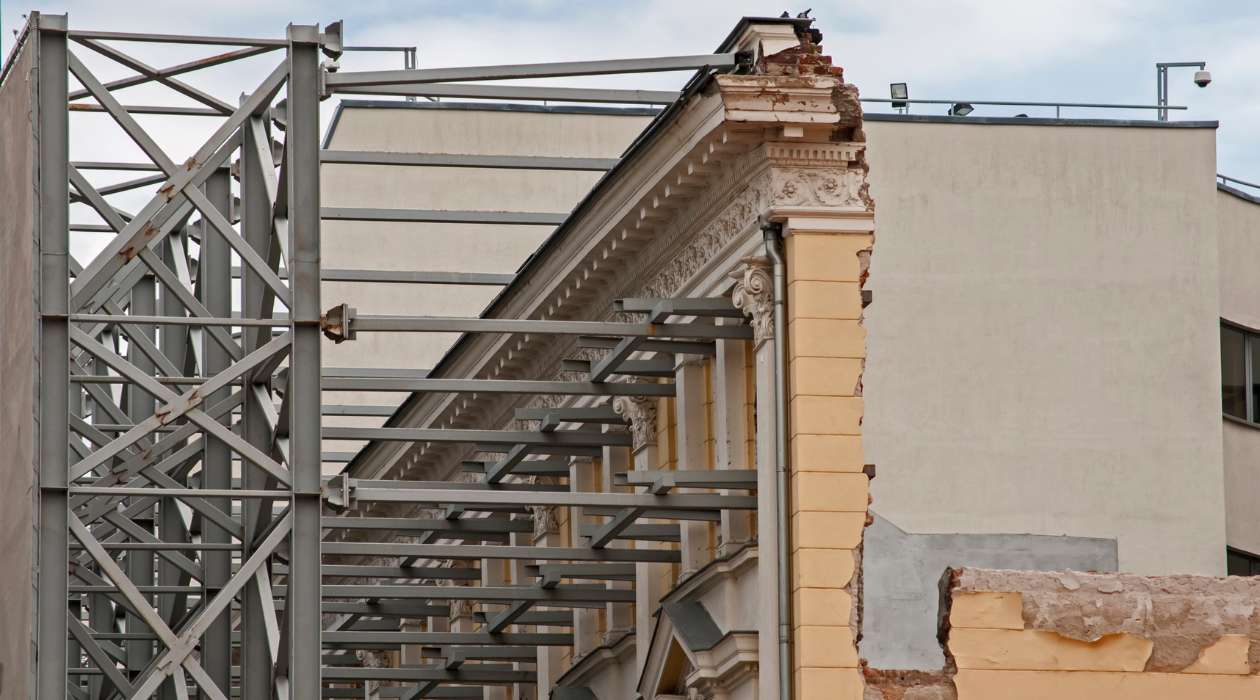
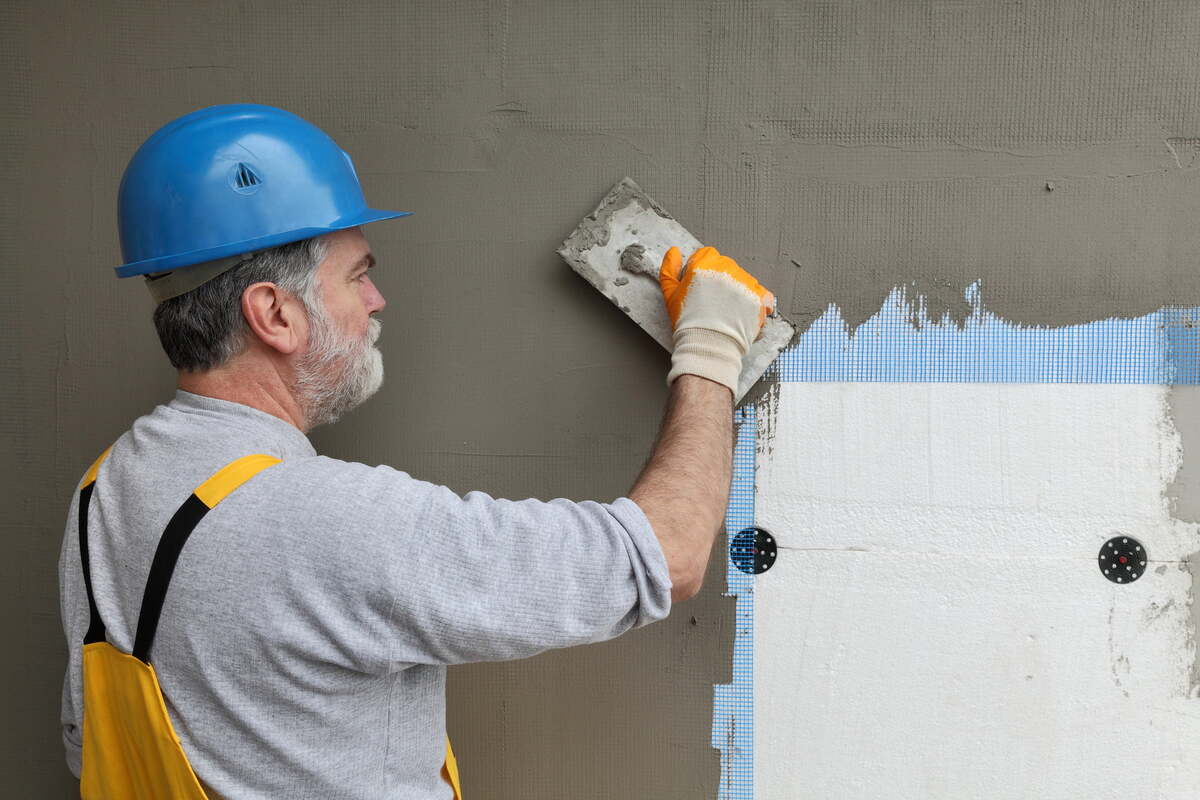
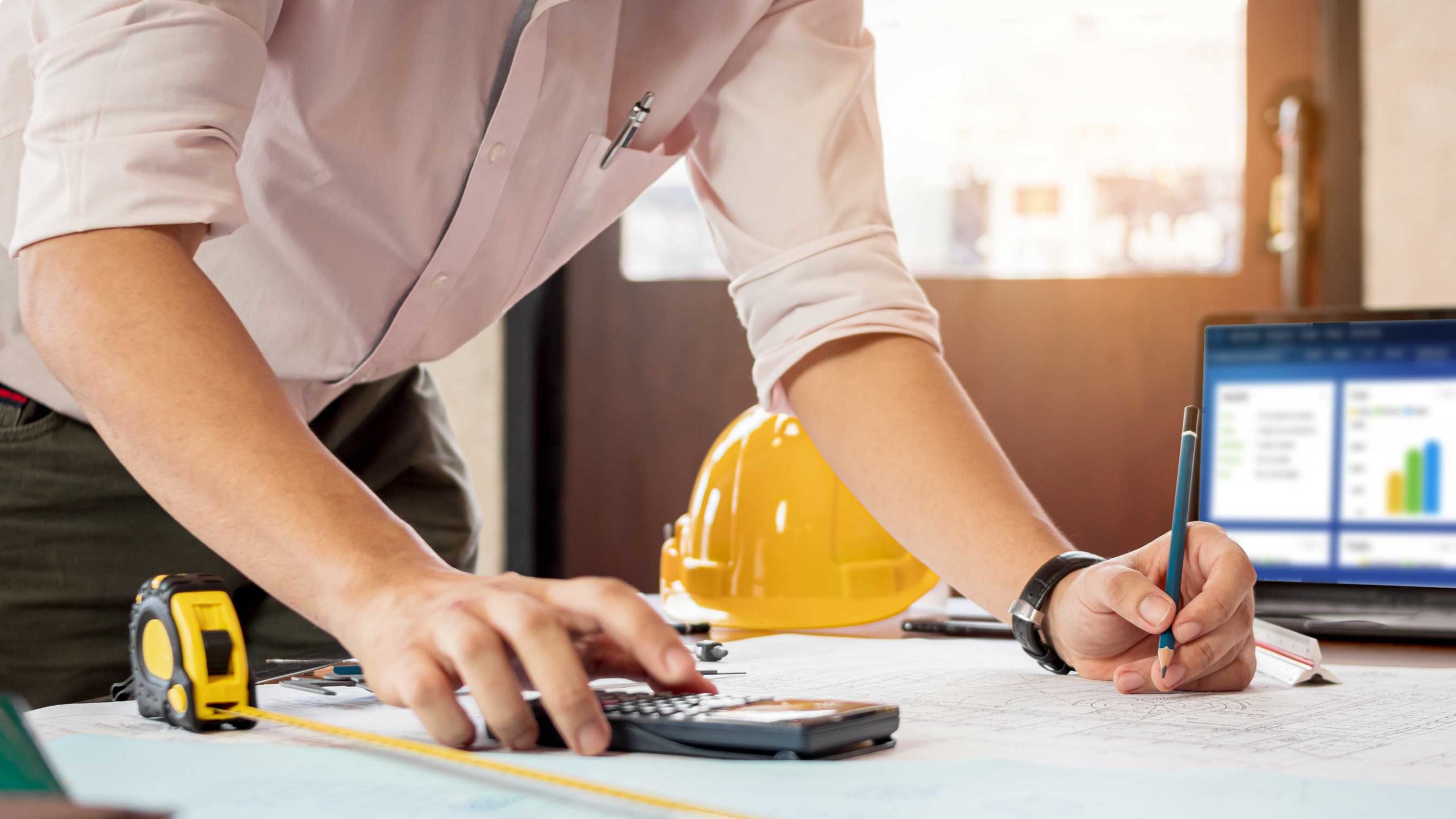
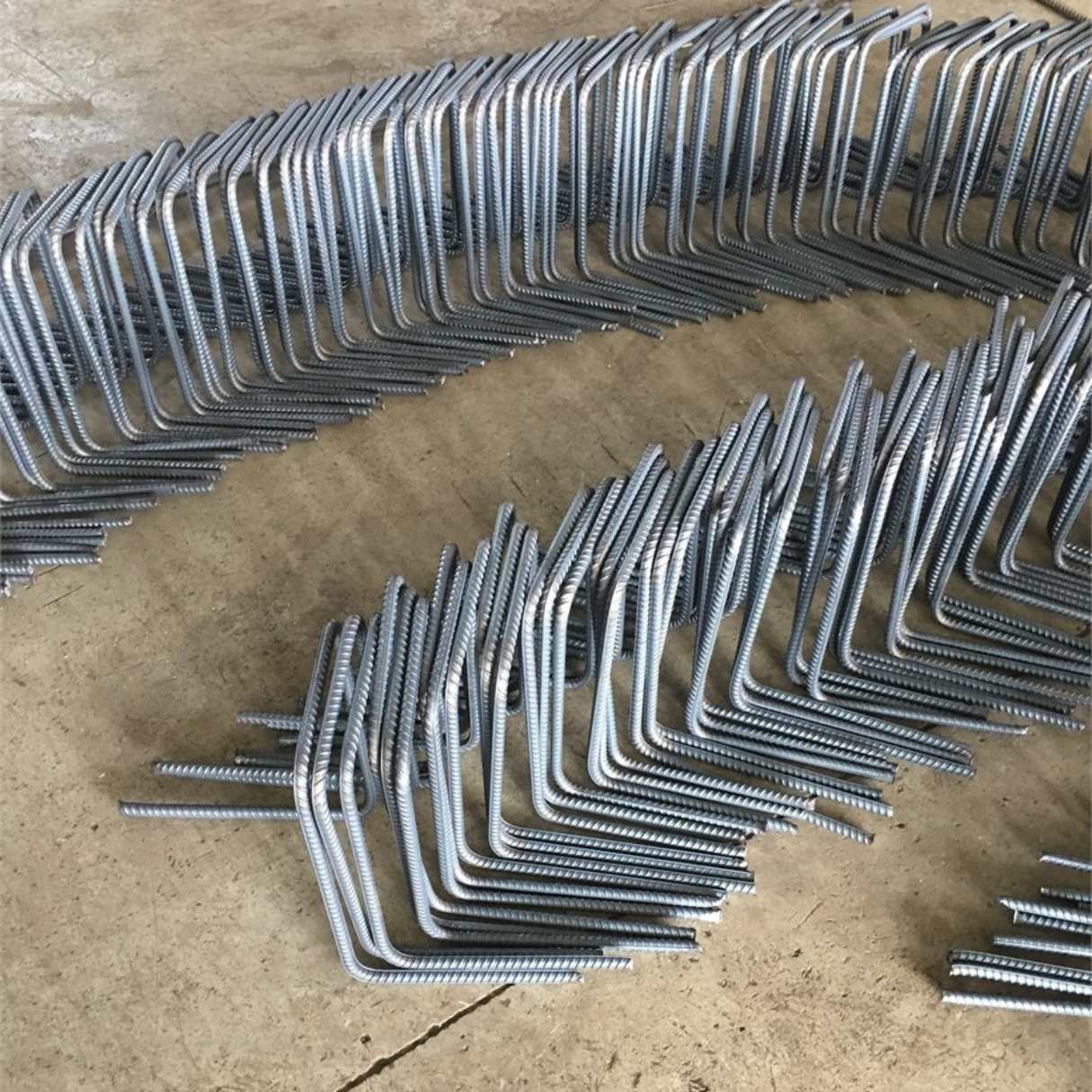
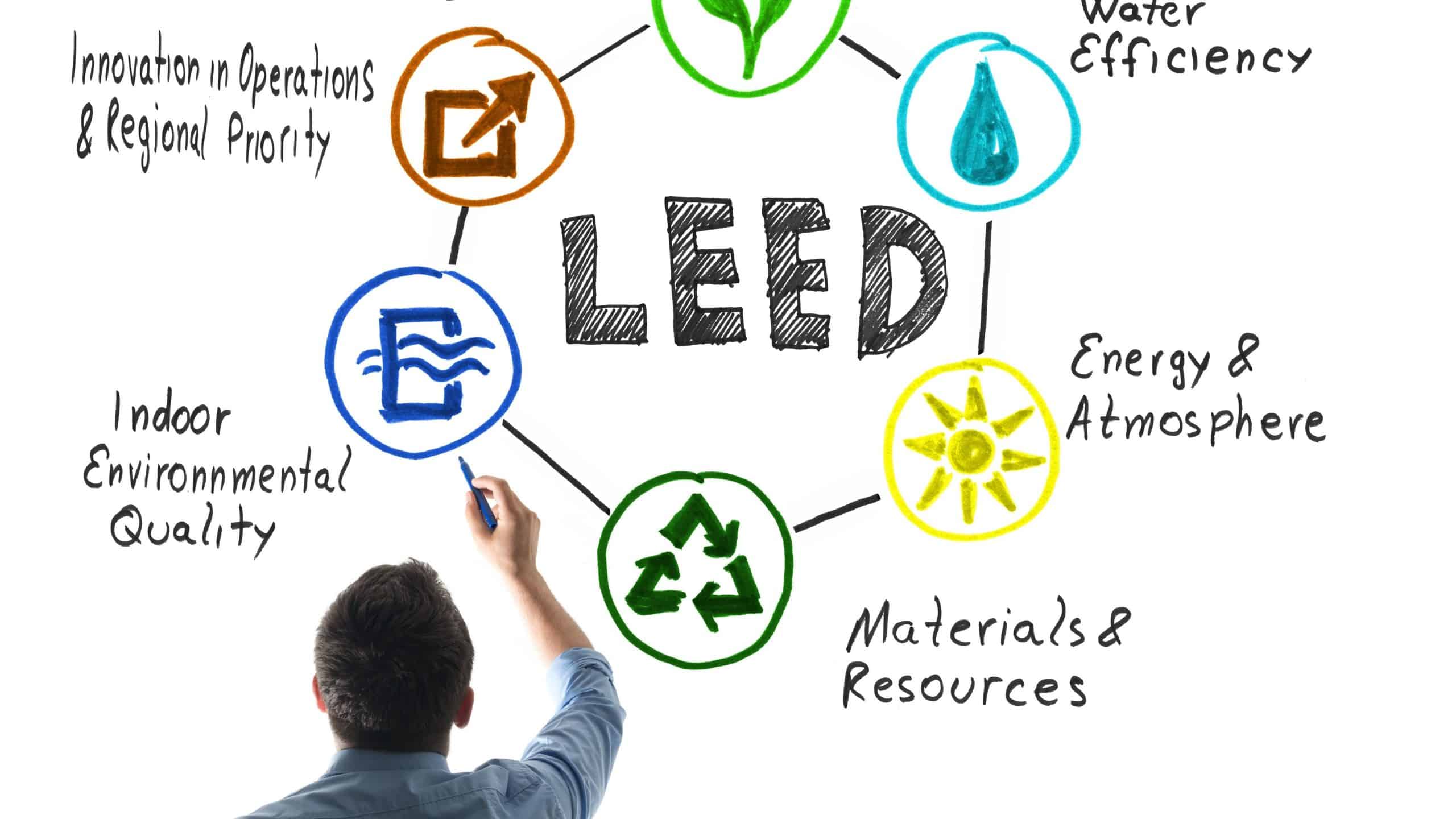
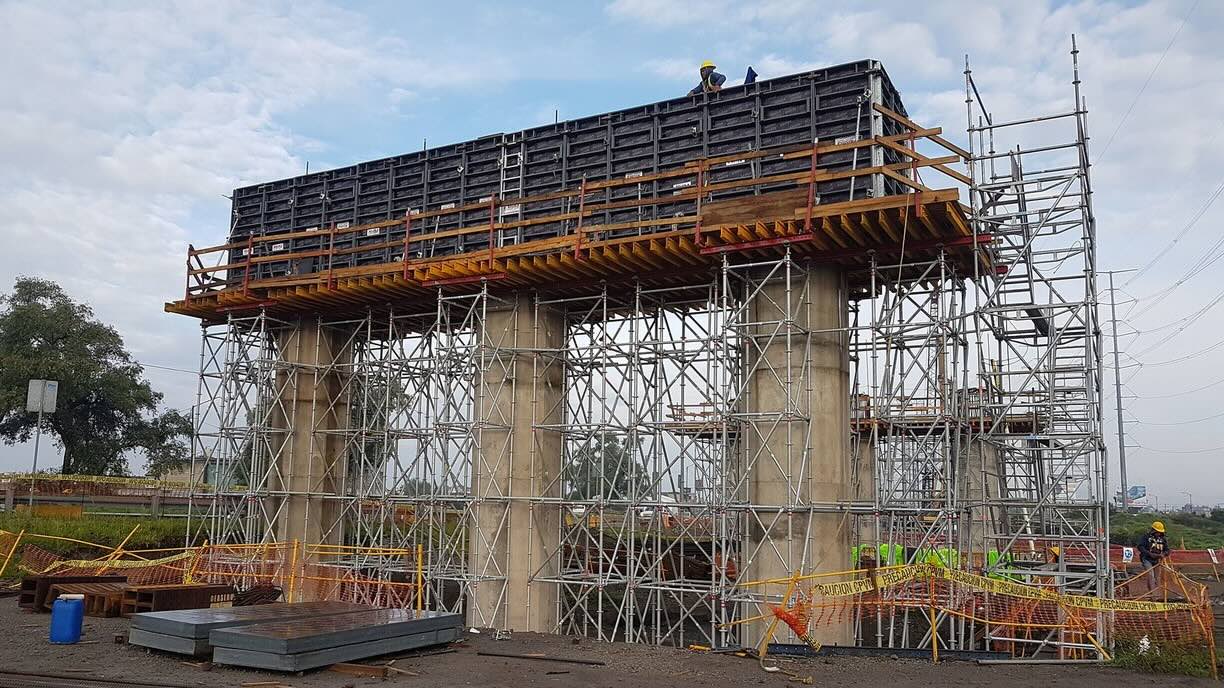
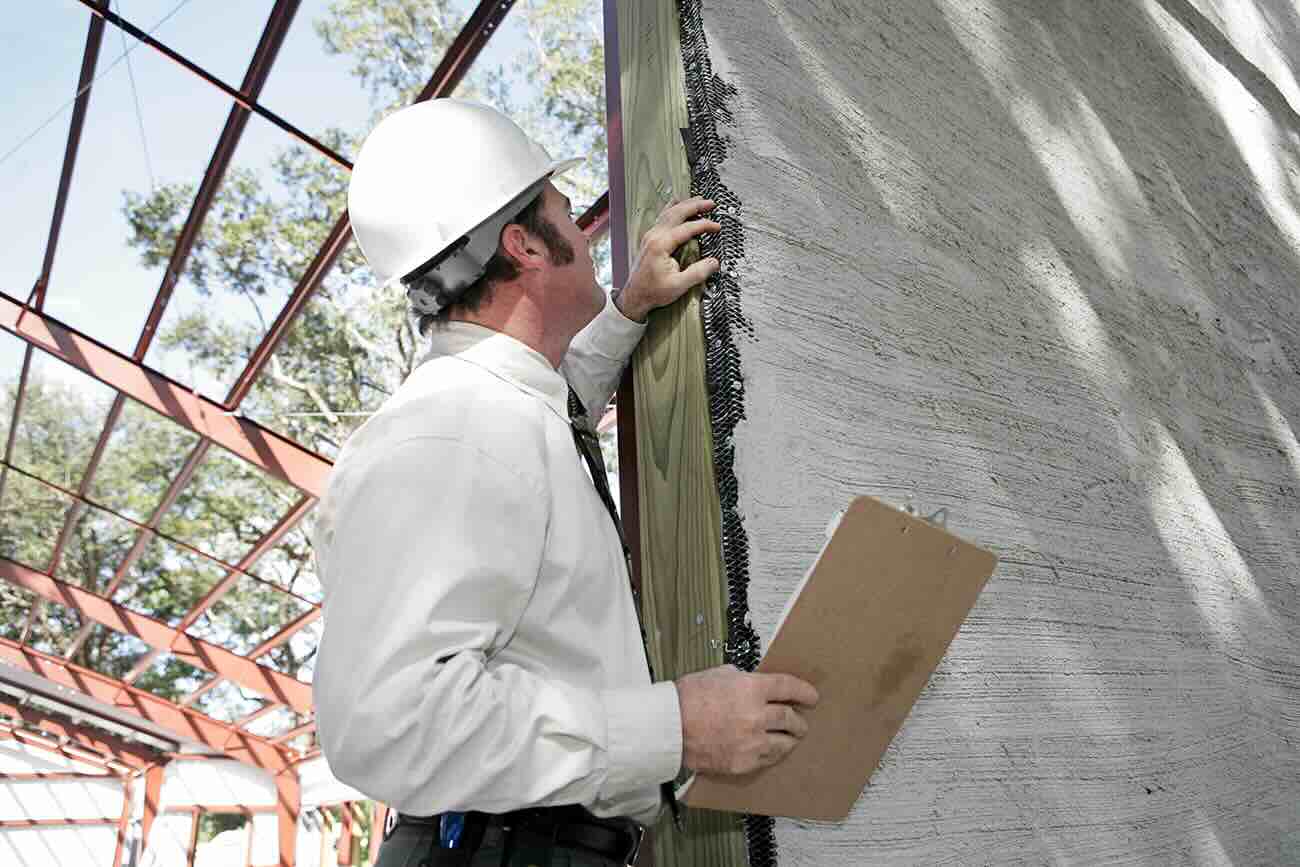
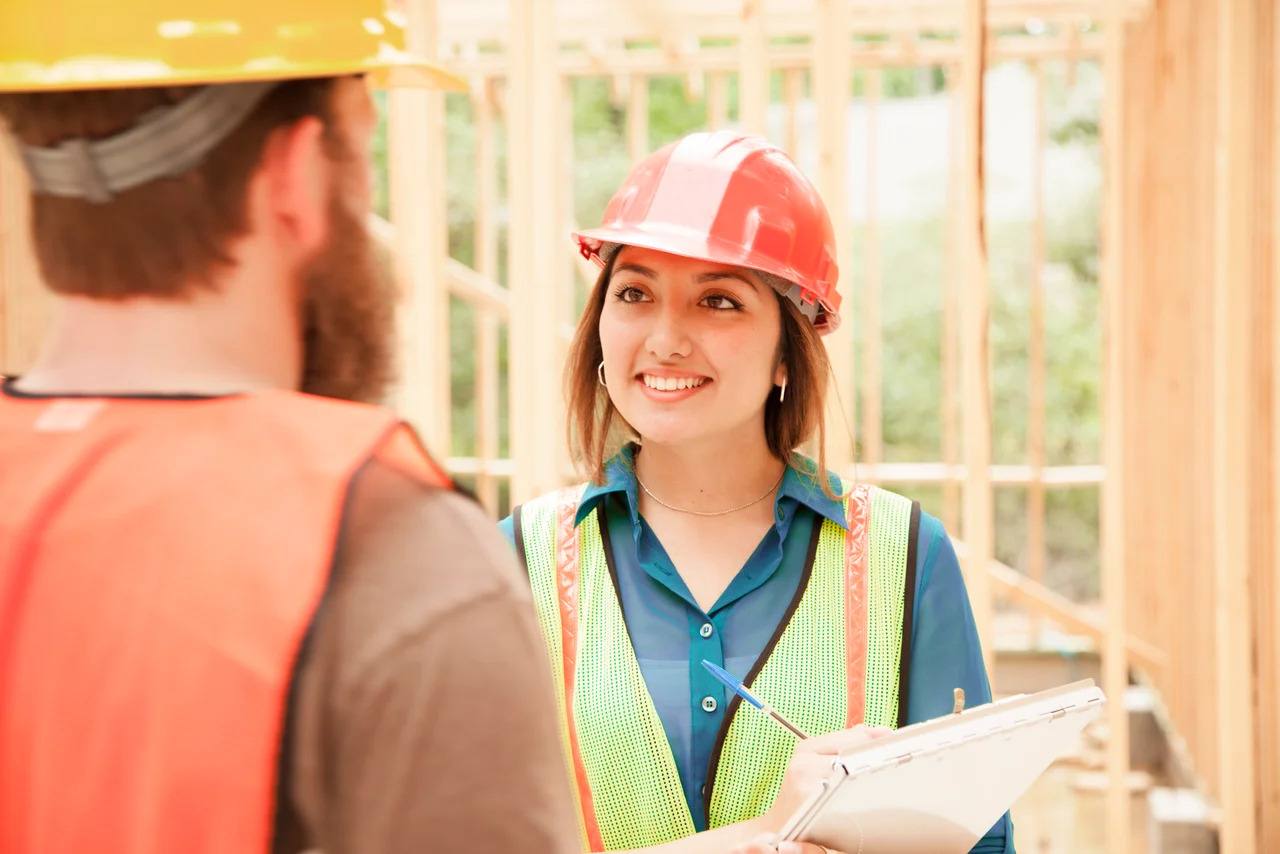
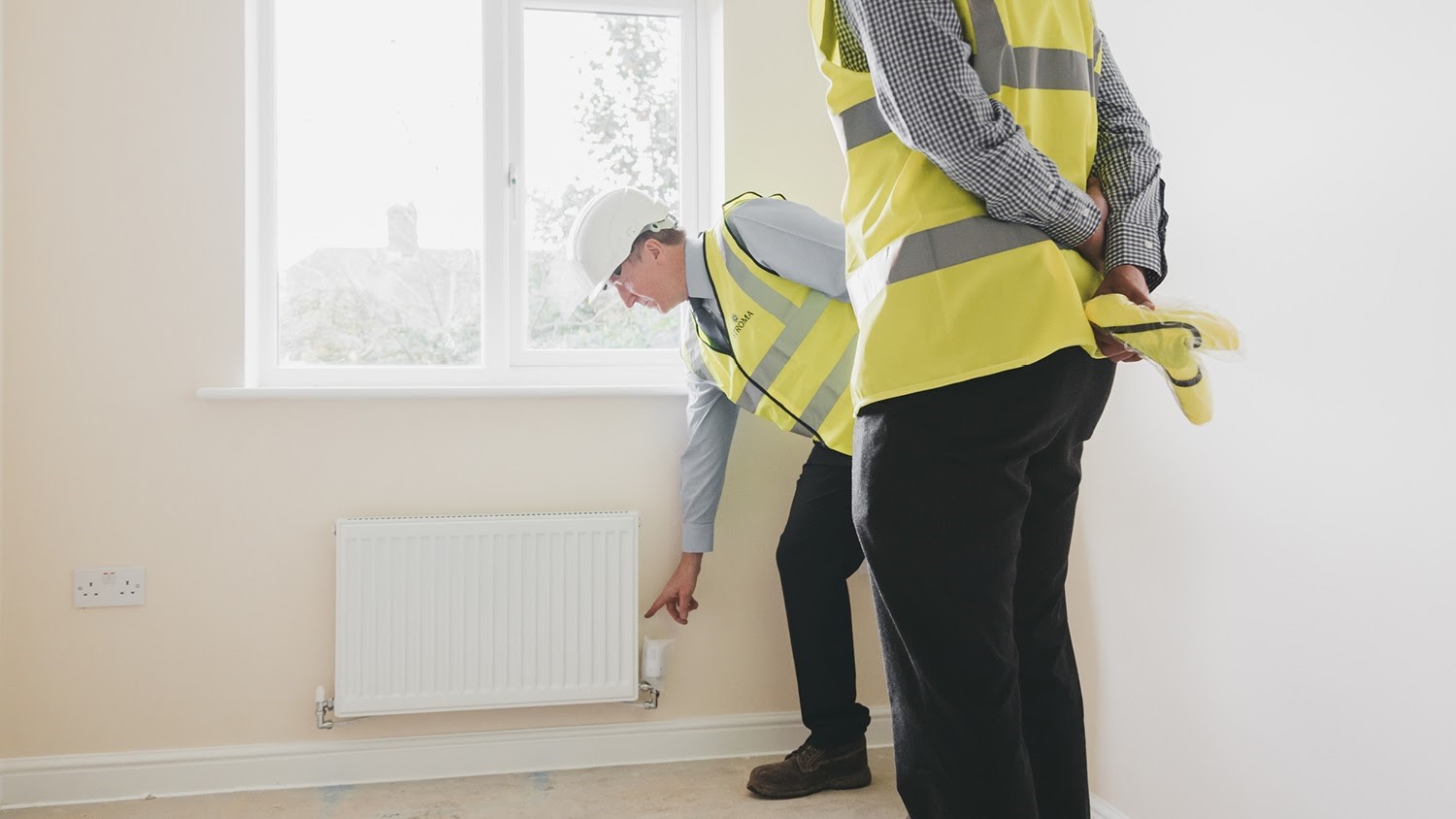
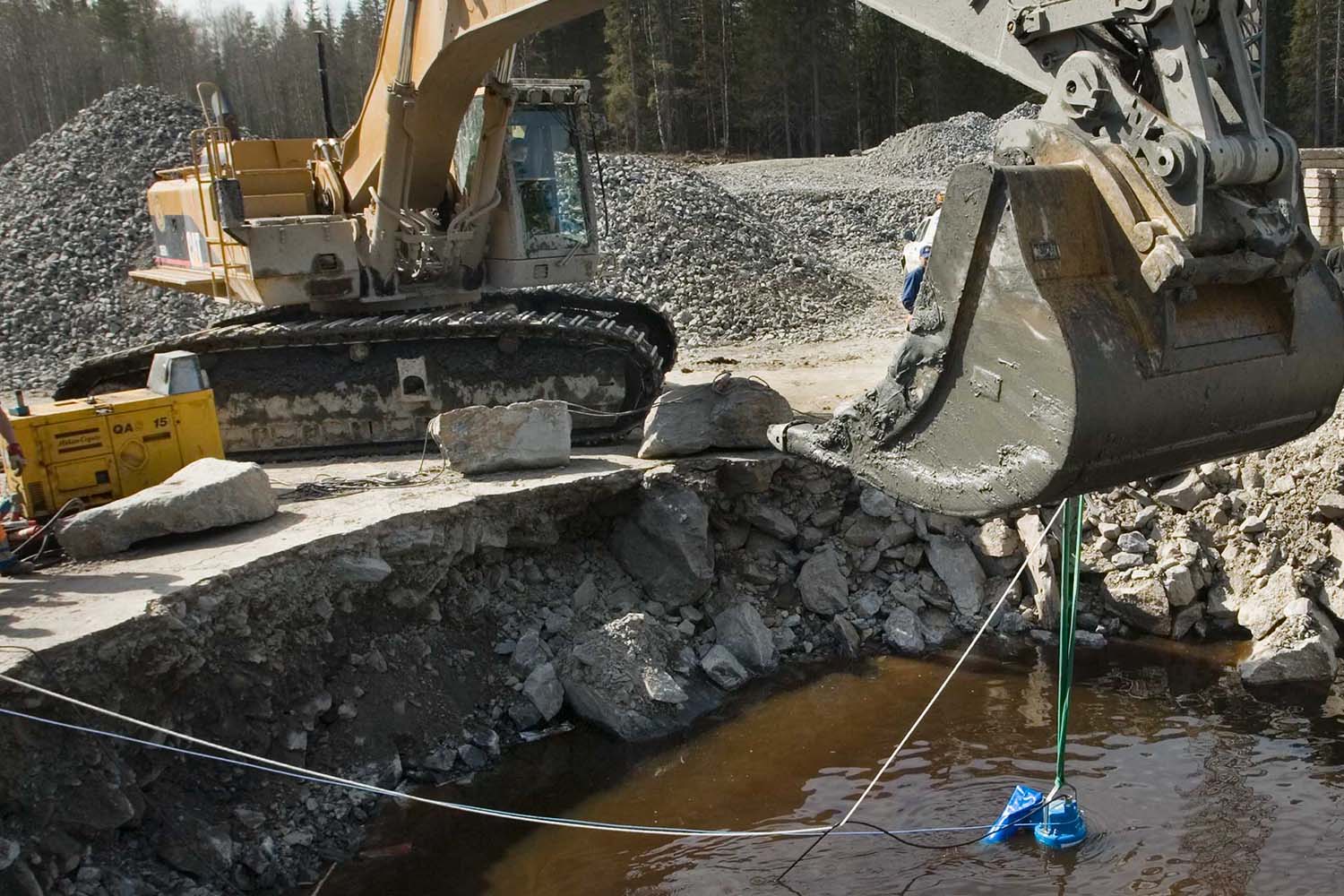
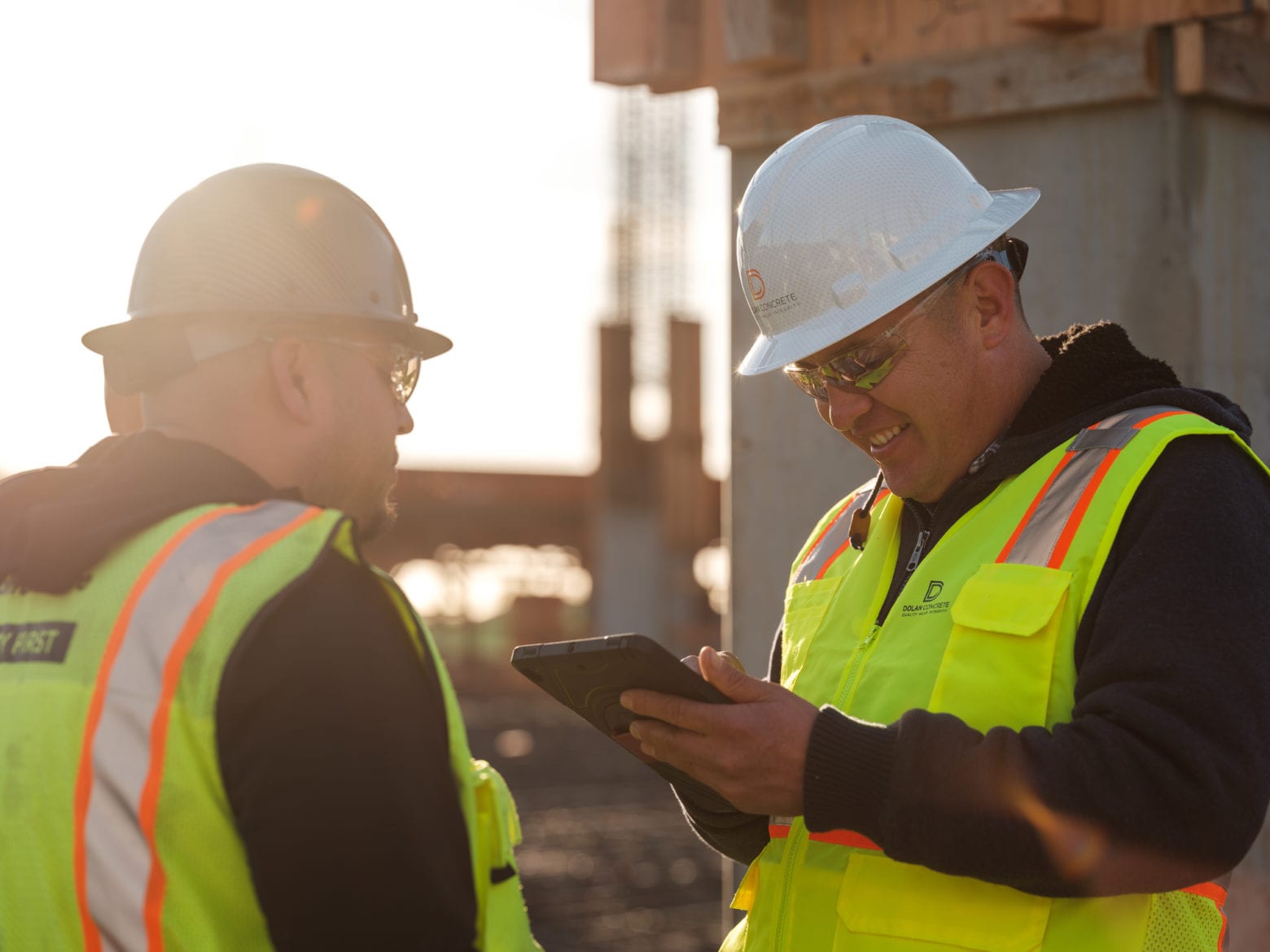
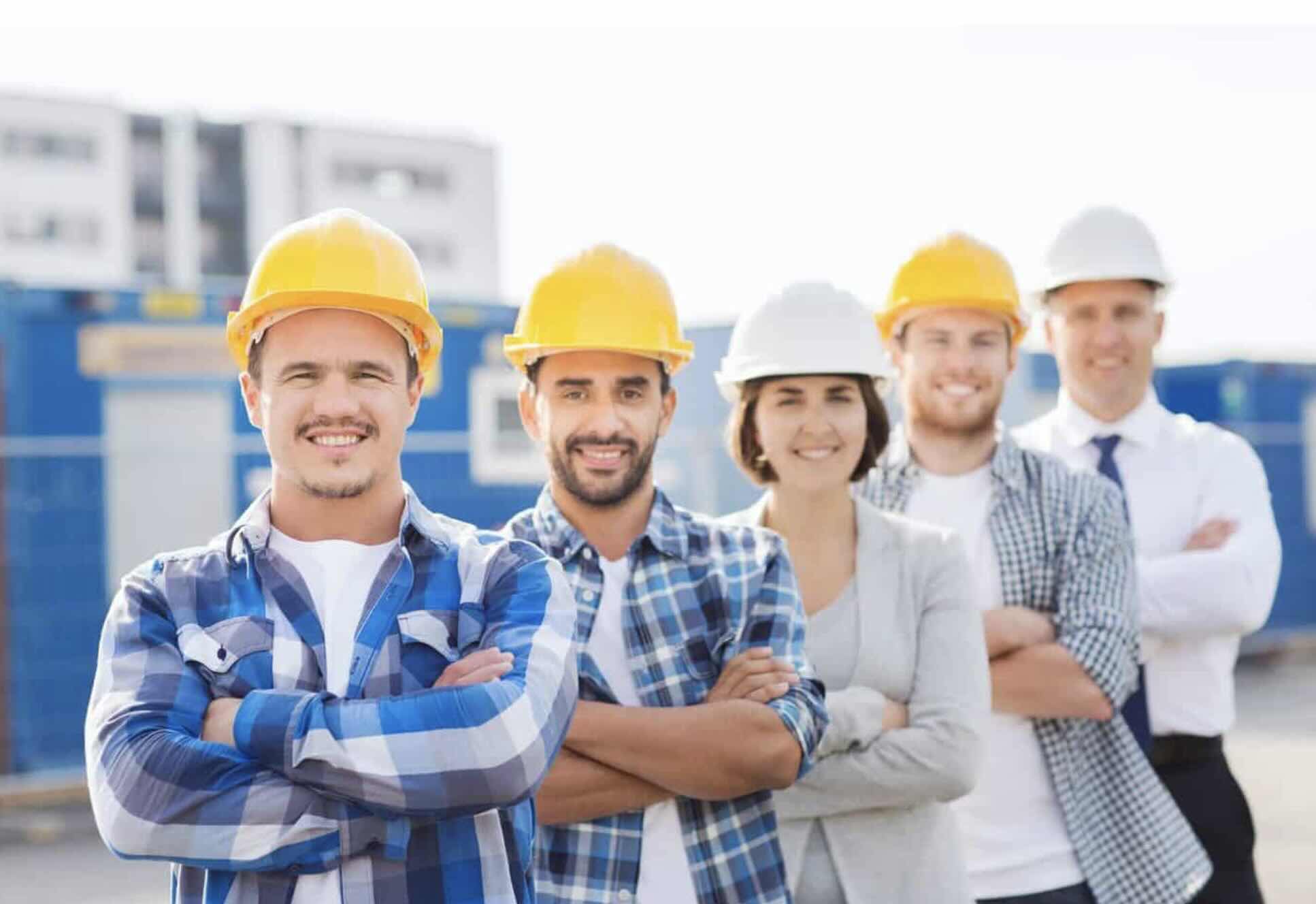

0 thoughts on “What Are The Risks In Construction”